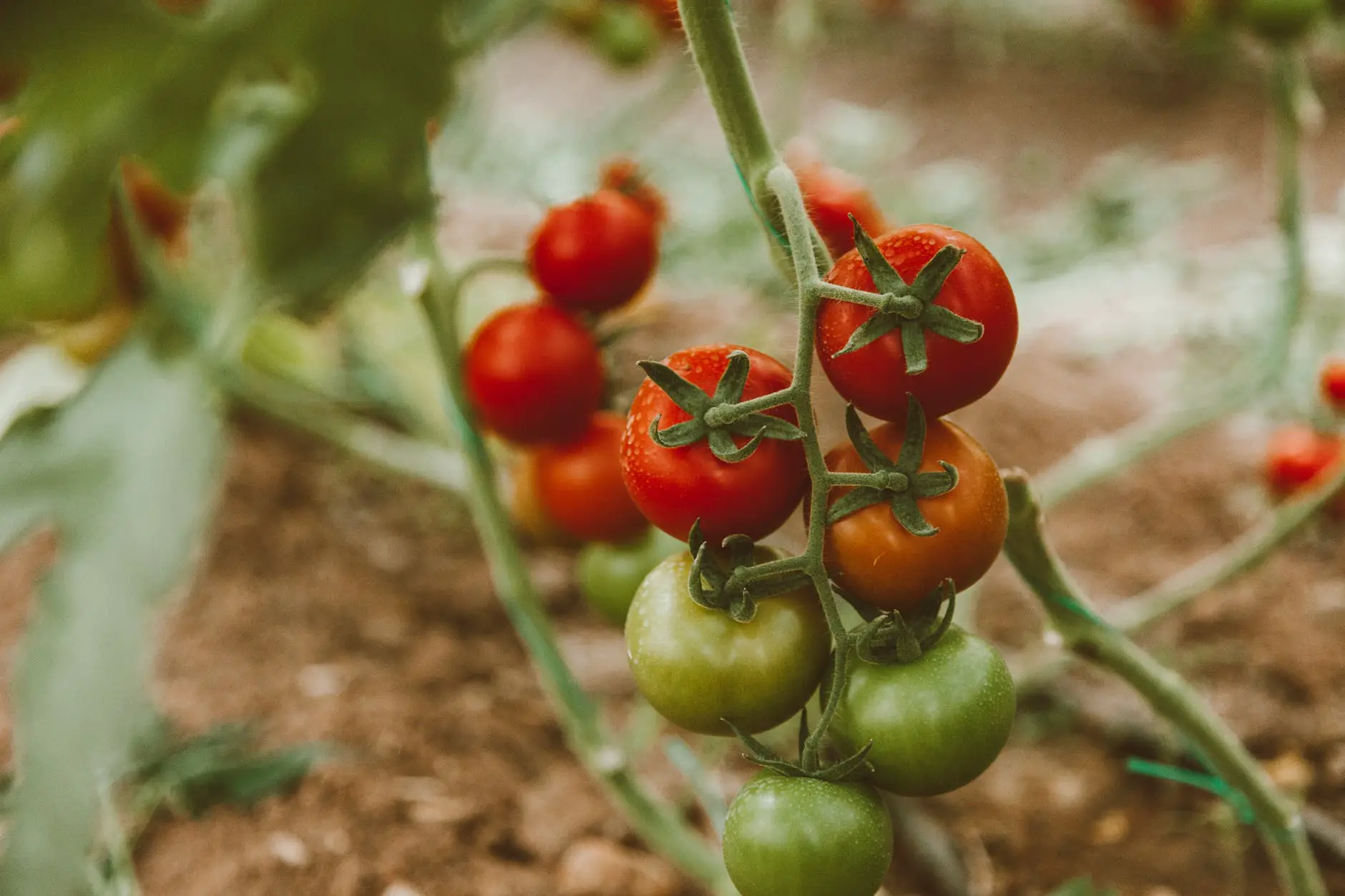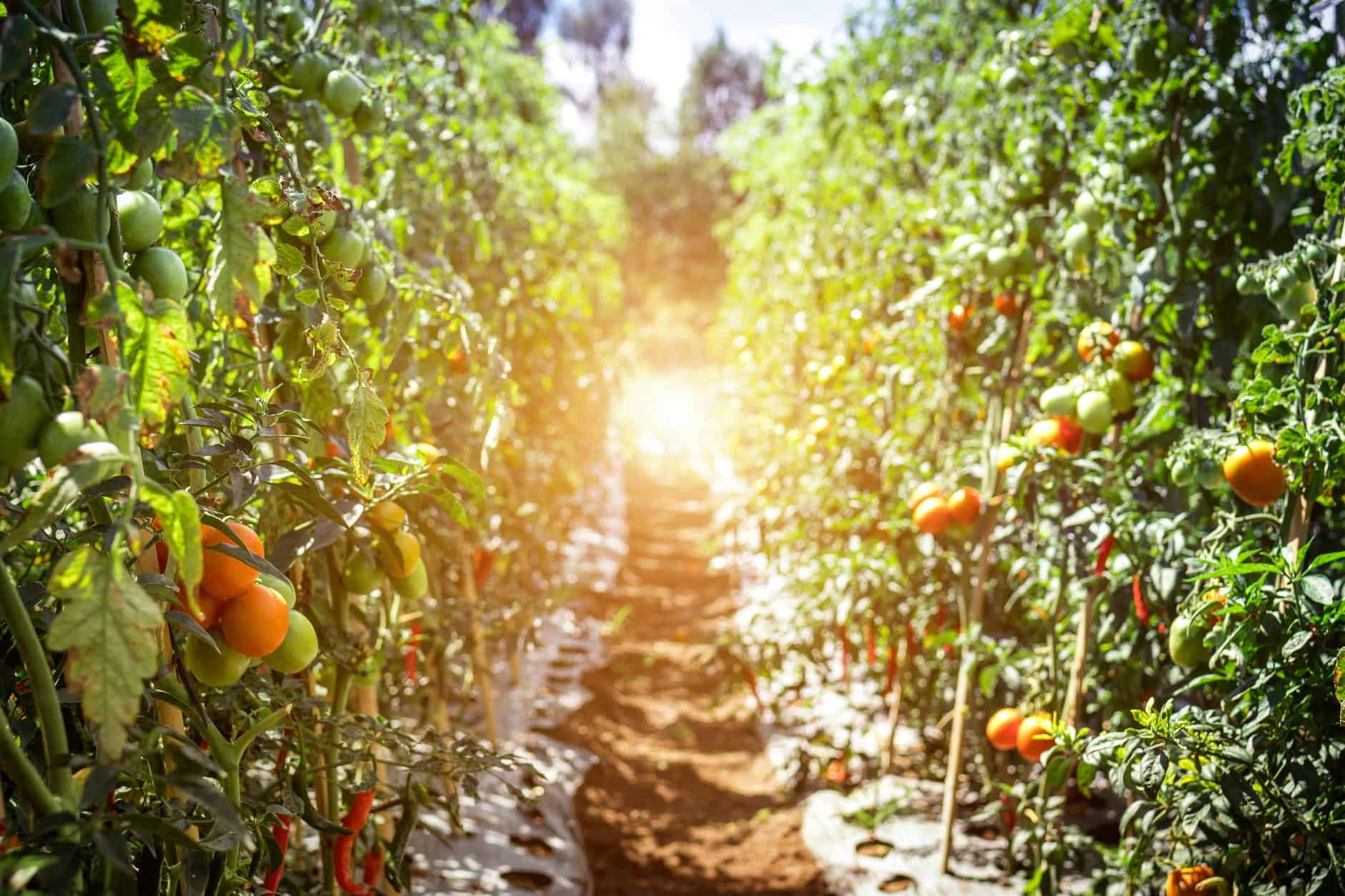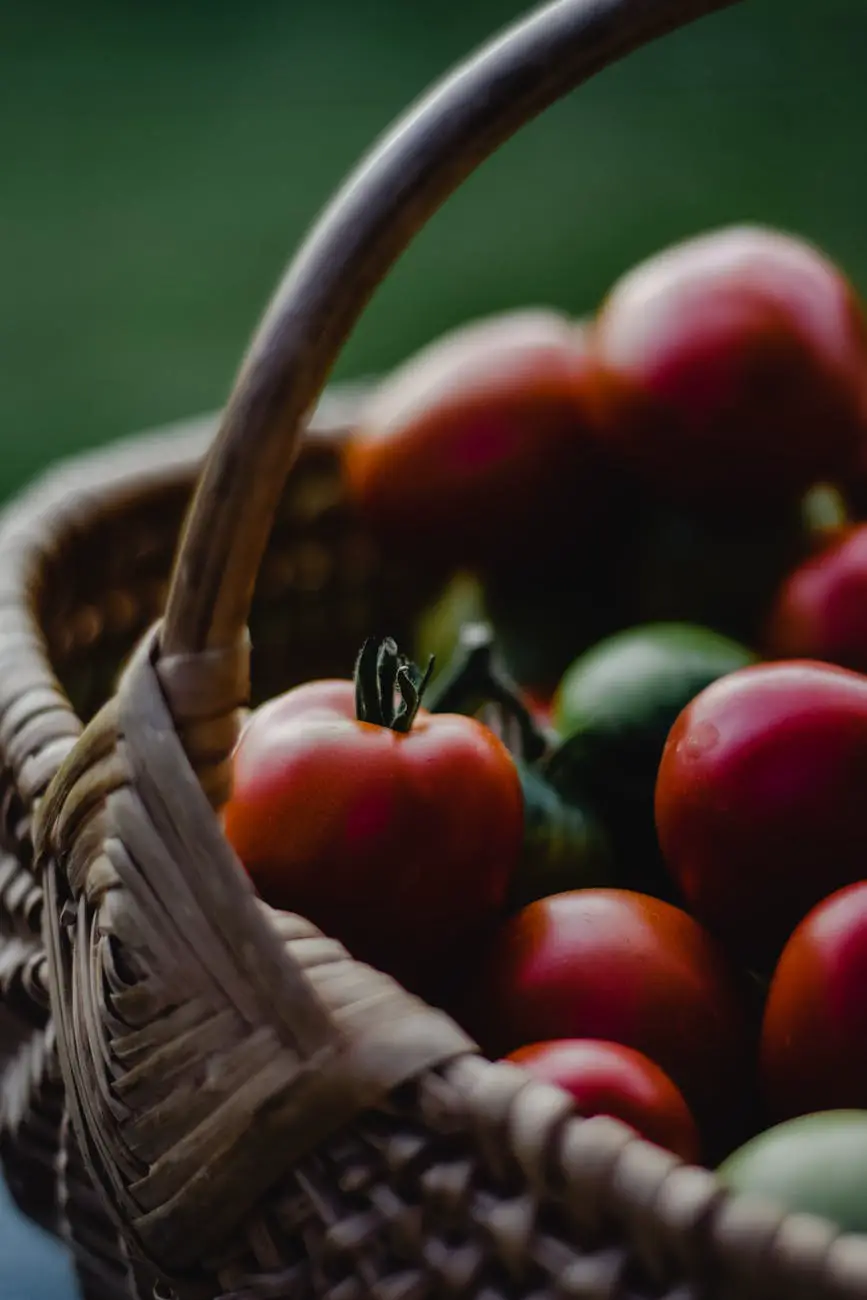Growing your own tomatoes is not as difficult as it seems. But one thing to keep in mind is that there are more varieties of tomatoes available for purchase than you can reasonably keep in one garden or window box. So it’s important to know the difference in varieties before you end up with 6-foot-tall tomato plants crowding your living room!
The two major distinctions in growing your own tomatoes are determinate tomato plants, and indeterminate tomato plants. Determinate plants, also known as bush tomatoes, are bred to stop growing at around three to four feet in height, making them better suited for apartment growing and for garden plots where they share space with other herbs and vegetables.
Popular and easily accessible determinate tomato varieties include sweet Bush Early Girl, more acidic stew and sauce tomatoes Glacier and Celebrity, and the hardy all-arounders Patio and Defiant tomatoes. Patio and Defiant are two good varieties to start with, as Patio tomatoes – as their name implies – do well in small spaces, like potted plants or indoor spaces, and Rugged tomatoes are bred for their hardiness, capable of withstanding common diseases that wipe out most tomato plants in beginner gardens.

Your other choice for tomato plants are indeterminate plants, which, made evident by the name, grow to indeterminate size, most often up to six feet in height. Because of their size and space requirements, these plants do better in more expansive plots of land, gardens where they have room to stretch their roots and have sturdy growing frames to lean against. The return for the trade in space is a hearty tomato yield, with some of the biggest, most flavourful slice tomatoes being indeterminate cultivars.
Some popular types include beefsteak, Sweet Million, and Sungold tomatoes. Regardless of your choice, determinate or indeterminate, one thing is for certain: tomatoes need plenty of sunlight, and don’t fare well in cold weather. Most gardeners recommend starting the seeds indoors for this reason, since the early seedlings can be sensitive to frost and parasites.
Once you have acquired your seeds of choice, you have several ways of proceeding from this point on. Despite the fact that many packages advertise “potting soil”, you’ll actually want a variety that contains little to no soil, to create a sterile, safe-for-seedling medium. For this purpose, search for “seed starting mix”, which should be more friendly to young plants, avoiding common pitfalls like damp down, which is when sensitive seedlings fall prey to bacteria and fungus that gathers at the surface of poorly-draining soil.
While some gardeners say that you can grow tomatoes in any container, from plastic cup to self-decomposing containers, the main draw in all of the above is good drainage, with enough water retention to sustain your tomato plants without gathering dangerous infectious diseases to your seedlings.
Once you have your potting medium, you’ll want to water it thoroughly before you begin the planting process, and then place no more than three seeds per container, making sure each is about 1/4th of an inch below the surface, and covered well in soil that is tamped down, but not compacted.

Tomatoes are a heat-loving plant, so you should strive to plant them in the spring, after the last frost of the year. If you live in a place with unexpected cold snaps and chilly nights, you might need to invest in grow lights or seed mats, which warm the soil to encourage rapid growth. However, this is not a requirement, and many grow tomatoes well indoors and outdoors with only natural light and careful planning. For this step, the soil needs to remain moist but not damp, and the seeds do not require any light, so if your medium is losing moisture too quickly, you can cover it to retain humidity until the seeds visibly sprout above the surface.
Once young tomato seedlings begin to sprout, you’ll want to expose them to plenty of light, to encourage healthy growth.
As stated before, tomatoes are heat-loving, though you do not want to cook your seedlings while they are still fragile and young. Window light in the spring and summer should be enough for most cultivars, though if you have a shortage of natural light, grow lights can be suspended a few inches above the sprouts, being raised continually to avoid direct contact with the leaves.
As the seeds begin to gain height, consider adding a tomato cage, or a frame, to allow the shoots to have a weight-bearing structure to grow against, which will allow for better growth. Once the second set of “true” leaves come in, you can finally offer your seedlings small amount of fertiliser, preferably a water-soluble variety mixed to half strength to avoid overwhelming the young plants. It may take several attempts to get to this point, but don’t get discouraged! Trial and error are a natural part of gardening, and the most important thing is to learn as you go along. If your seeds stunt and die off within a few weeks of sprouting, consider using a different container, a different growing medium, offering more or less light, or even trying a new variety of tomato altogether.
Depending on the cultivar you chose to grow, it may take up to eight weeks for tomatoes to begin growing on your plant, and possibly longer for them to get to harvesting size. You may need to repot your young tomato plants to larger growing containers, or to move them outside for more light and heat as the summer months begin in full.
However you choose to go with your plants, continue to give them a sturdy frame to grow against, and keep an eye for any plant diseases that require fast action. Though this process can be tricky and might involve several failures before you have successful adult plants on your hands, there are few things more rewarding than harvesting tomatoes grown with your own two hands.

